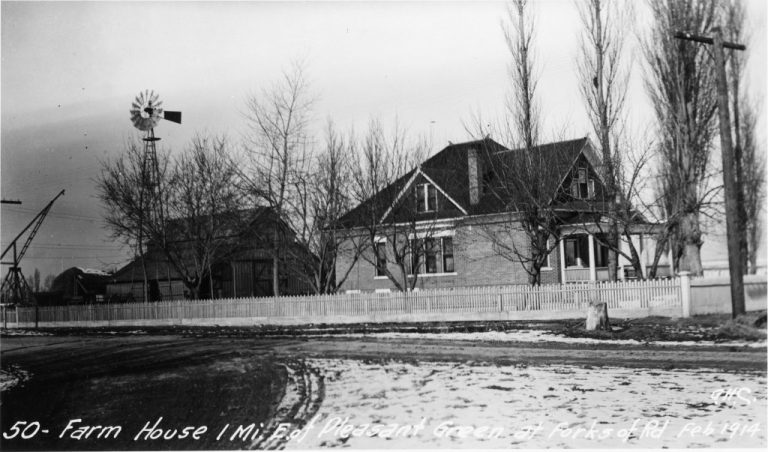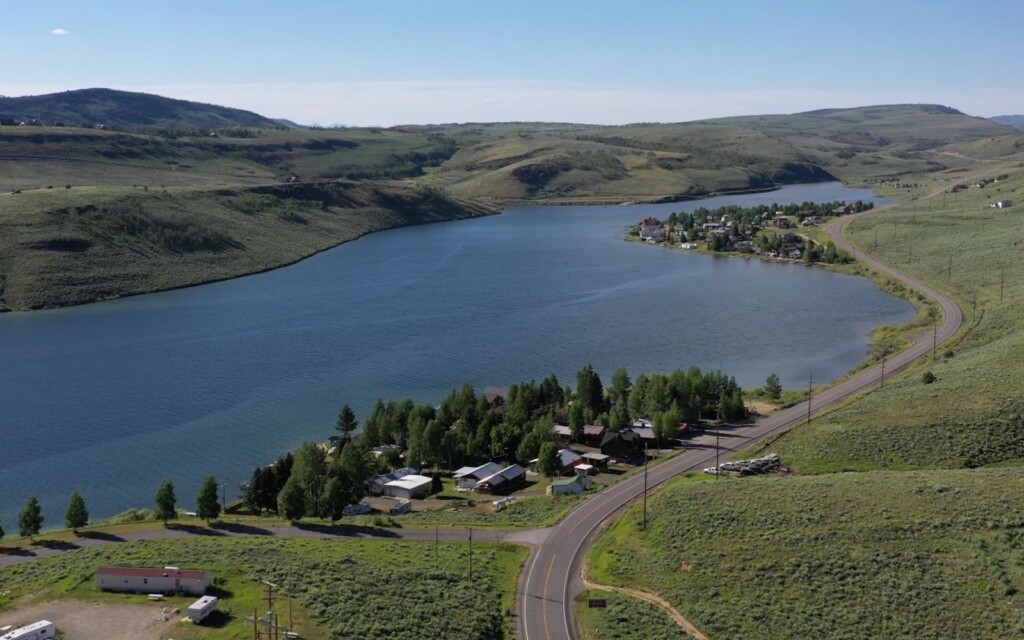
Pleasant Green, AKA Magna
The pioneer history of Pleasant Green, commonly known as Magna, Utah, remains largely untold outside of dusty family histories and faded folklore.
I have been remedying this situation through YouTube documentaries that will help preserve this rich history, revealing a complete picture of these lost years to younger generations.
There is even a misconception of when the town was founded.
A town banner on Magna Main Street reads “Established 1906.” This only commemorates the Utah Copper Company coming to Pleasant Green, the original name for Magna when it was established on July 21, 1874 by the Salt Lake County Court.
At that time, it was a close-knit hamlet scraped out of the sagebrush, where rich springs crept out from the north point of the Oquirrh Mountains.
The history left to us is fragmented and incomplete. The best documented work, yet the hardest to find, is Heritage of the Abraham Coon Family, by William Kent Goble, Gayle Goble Ord, and Alice Evelyn Sadler Goble. It contains almost three hundred pages of Pleasant Green history.
There is more than memory buried under the massive tailings pond north of town. Few can picture the great natural highway used by untold generations of Native Americans—its rich wetlands and springs are now gone.
Even fewer know about the old Tooele stagecoach road or the first narrow-gauge railroad to run west of Salt Lake City, and the Native American boy, “Indian Dan,” who was adopted by the Spencer family. He died of pneumonia at the age of twelve and was buried on the knolls just west of the old farmhouse. His grave, crushed beneath hundreds of feet of toxic tailings, still bears no monument.
Almost no one knows that Rio Tinto bulldozed the old Abraham Coon sawmill and ranch cabins in Coon’s Canyon that had stood since the eighteen-fifties, or why Coon’s Peak had so unceremoniously been changed to Farnsworth Peak. Soon the new Cyprus High School building will be constructed over the northern pastures of Coonville, one of the very first pioneer settlements on the northwest side of the valley.
I believe that as Pleasant Green (Magna) ,Utah grows, the necessity for an accurate historical consciousness and identity also grows for native and newcomer alike. This history is a part of who we are and will quickly be forgotten if this generation does not act.
But there is hope.
Ten years ago, I began to track down the descendants of the original pioneers, to ask for copies of their family histories and procure photographs I could scan. I was stunned to discover the extent to which we were all still here, the descendants representing nearly every family.
Magna may have forgotten its name, but hopefully it will not forget its history.

We should all know a little more Utah history … it’s where we live after all. Let’s get reading! Utah Stories Utah history





